What Type of Bidet Is Right for You? Seats, Sprayers, Standalones and More
Posted by Barry S. on 1st Oct 2025
If you’ve ever stood in a bathroom showroom and stared at a row of bidets like they were alien spacecraft, you’re not alone. Royal Toiletry’s comprehensive comparison of bidet types breaks them down so even a newbie can understand.
For a quick summary read below!
- Standalone bidets are classic European fixtures that offer complete control over water pressure and temperature, provide a thorough clean and can double as foot washers. Their downsides? They take up extra space, require expensive plumbing and force you to waddle from toilet to basin.
- Bidet seats replace your existing toilet seat and often include heated seats, warm water and air dryers. They’re easy to install and space‑saving but can be pricey, rely on electricity and may not adjust to everyone’s ideal spray angle.
- Handheld sprayers are the budget option; they’re versatile for personal hygiene and cleaning toilets and don’t require electricity. However, they demand manual dexterity, can be messy if mishandled and deliver inconsistent cleaning.
- Built‑in bidet toilets combine everything into a sleek unit with self‑cleaning nozzles and luxury features. They offer superior hygiene but cost thousands and need professional installation.
- Portable bidets are travel‑friendly and inexpensive but have limited water capacity and lack pressure.
Your choice ultimately comes down to budget, bathroom space and lifestyle. If you’re renting, a handheld sprayer or entry‑level seat might suffice. Renovating a master bath? Splurge on a built‑in unit. Whatever you pick, remember that even the most basic bidet is a massive upgrade over dry, abrasive toilet paper.
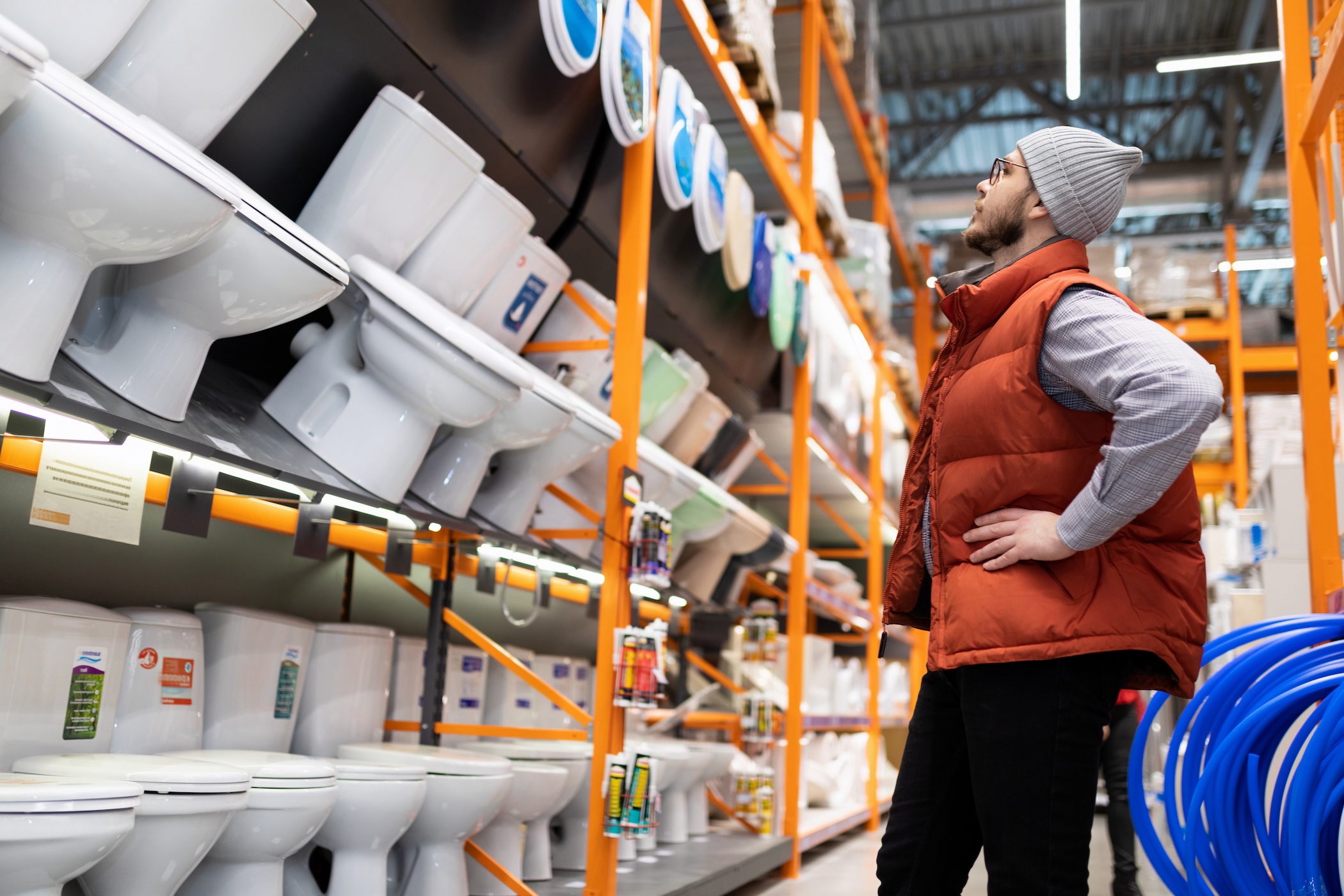
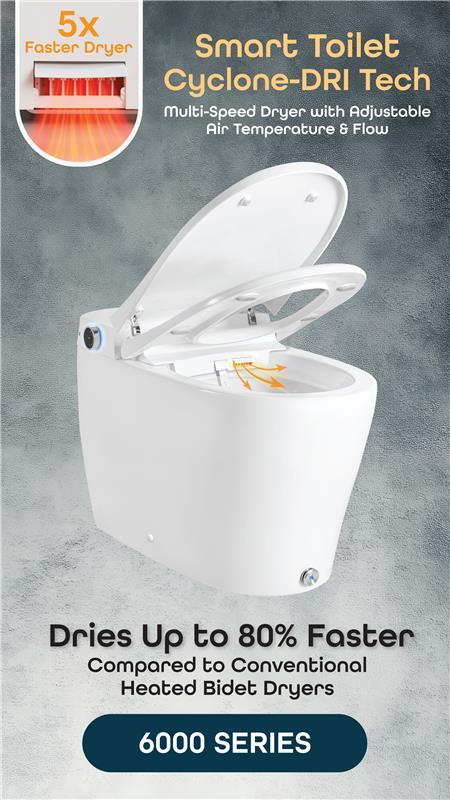
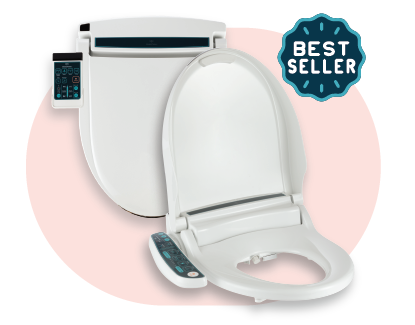



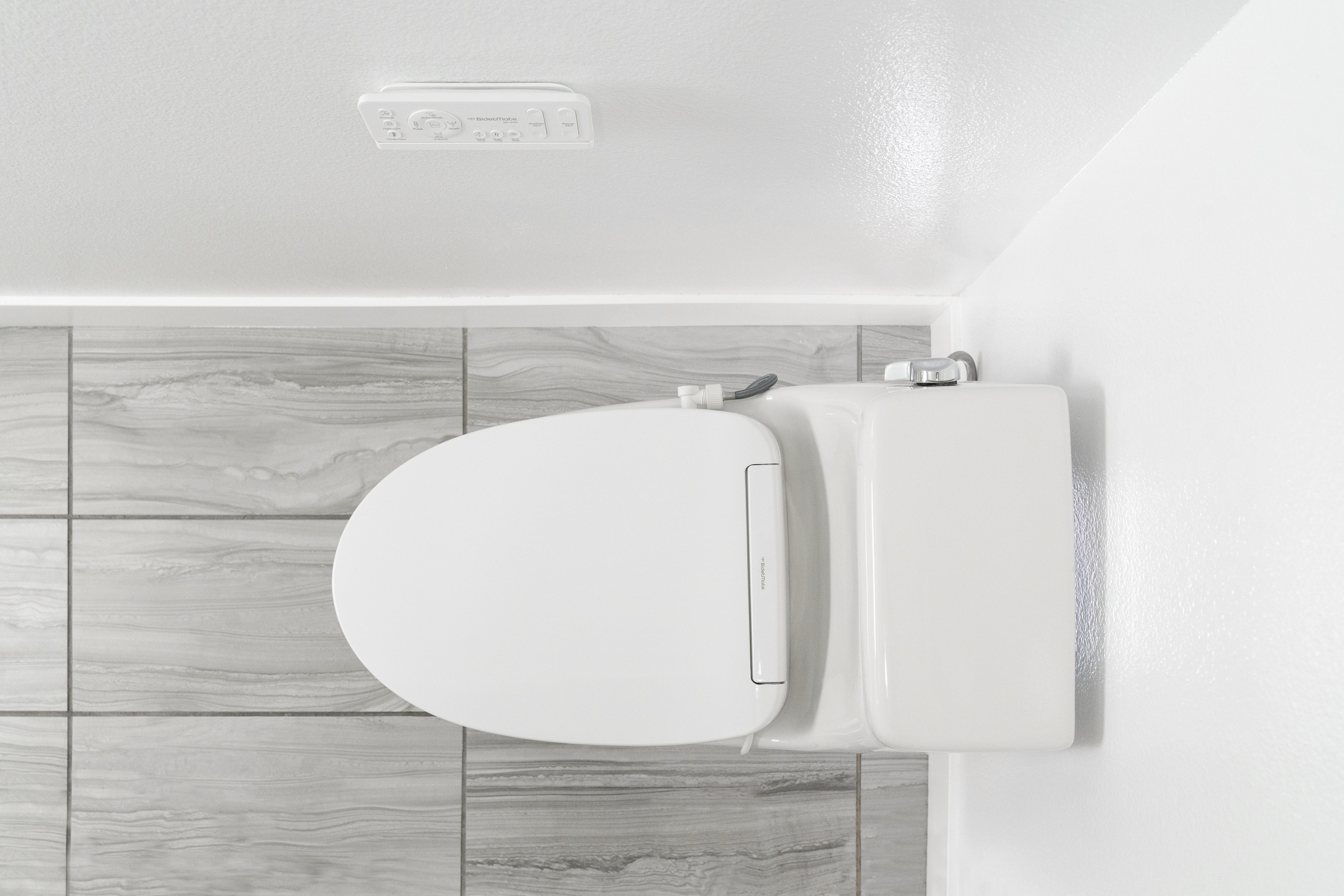

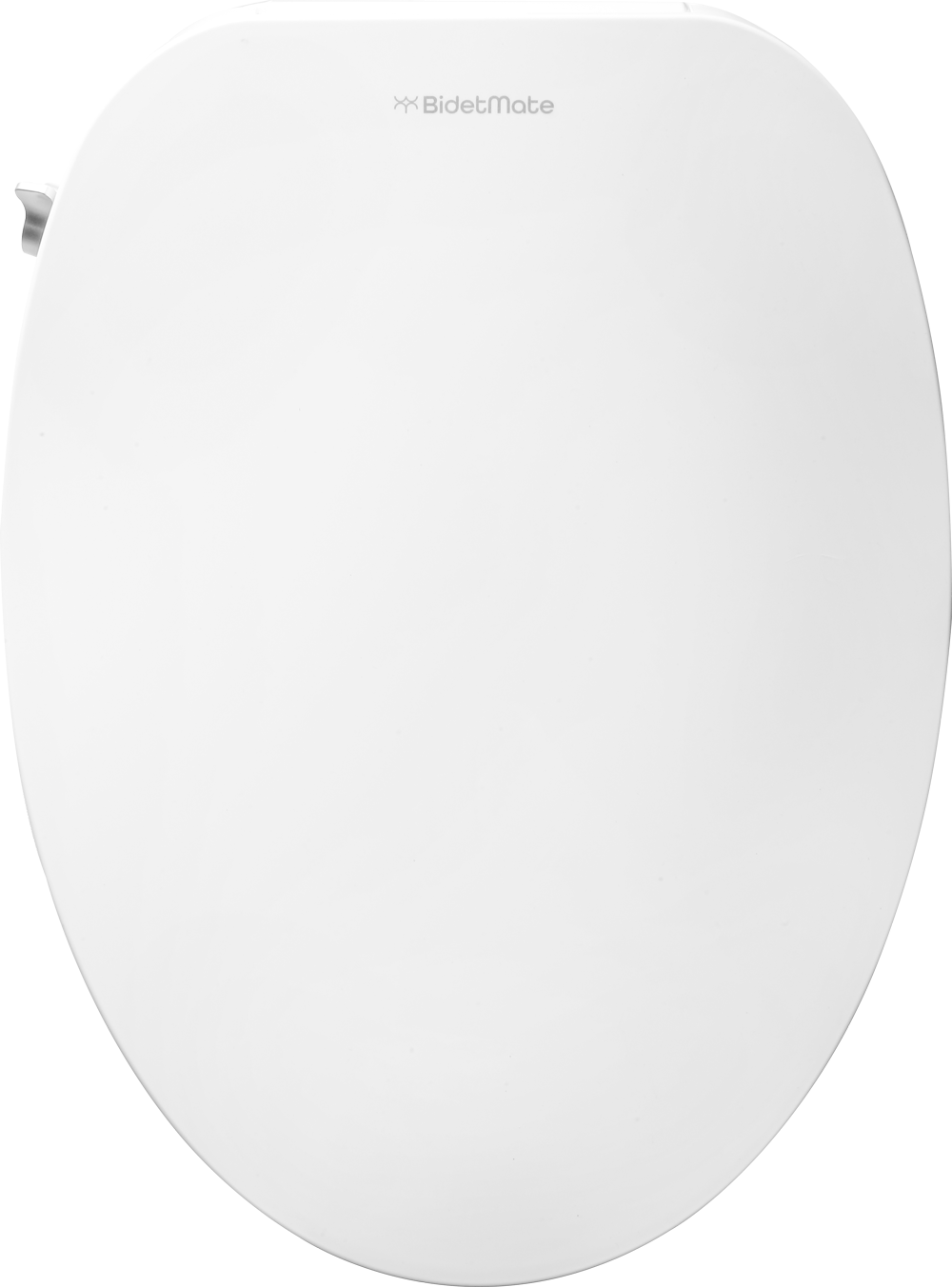
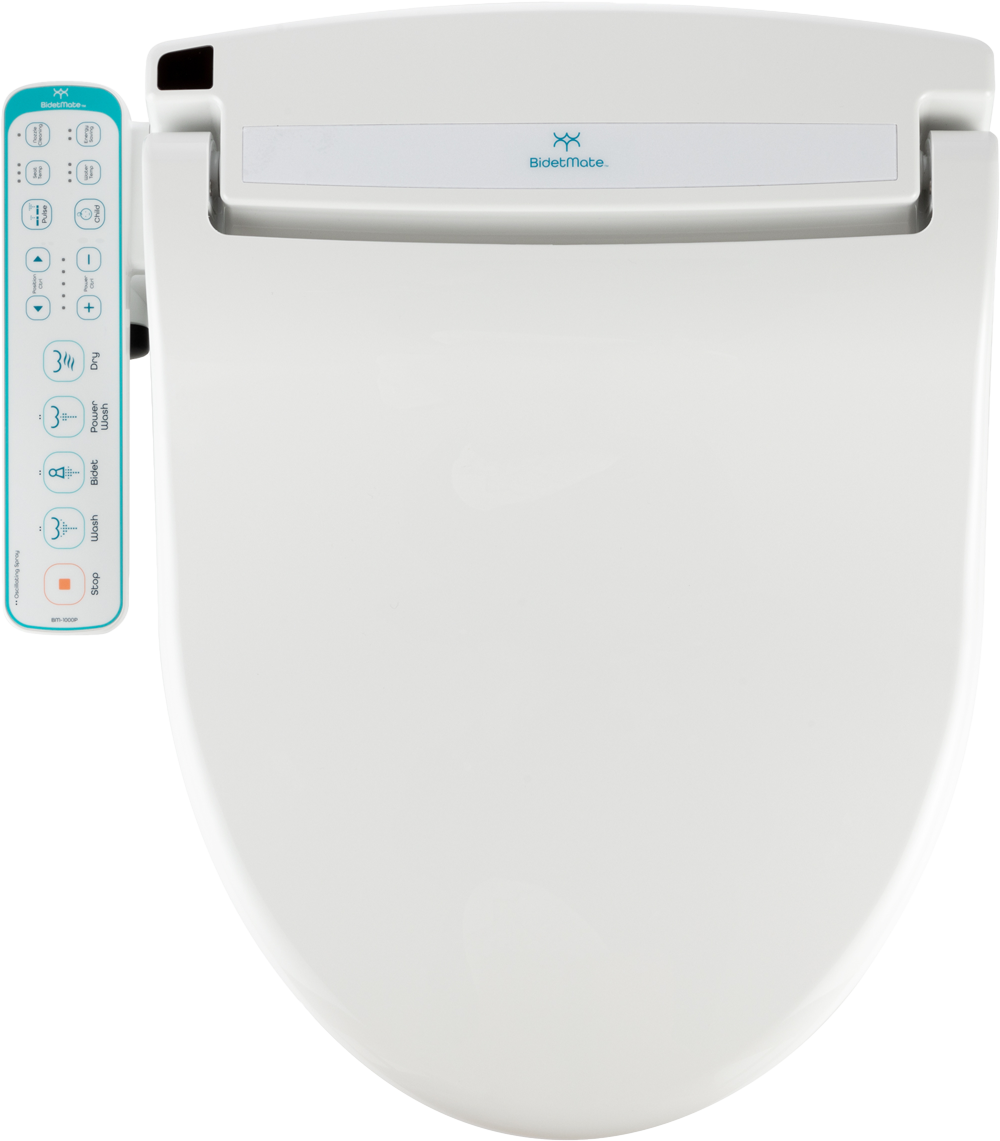
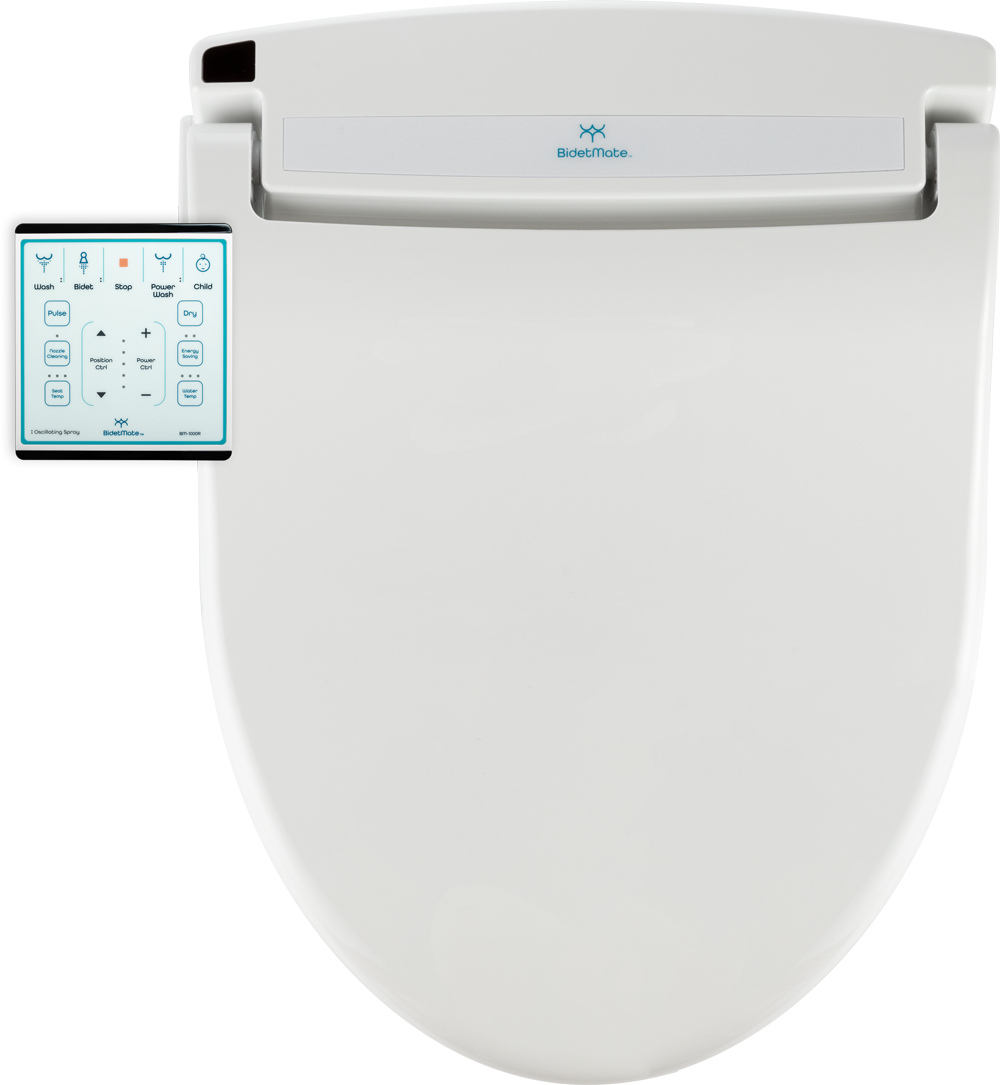


 END Shopper Approved - templates/layout/base.html
END Shopper Approved - templates/layout/base.html